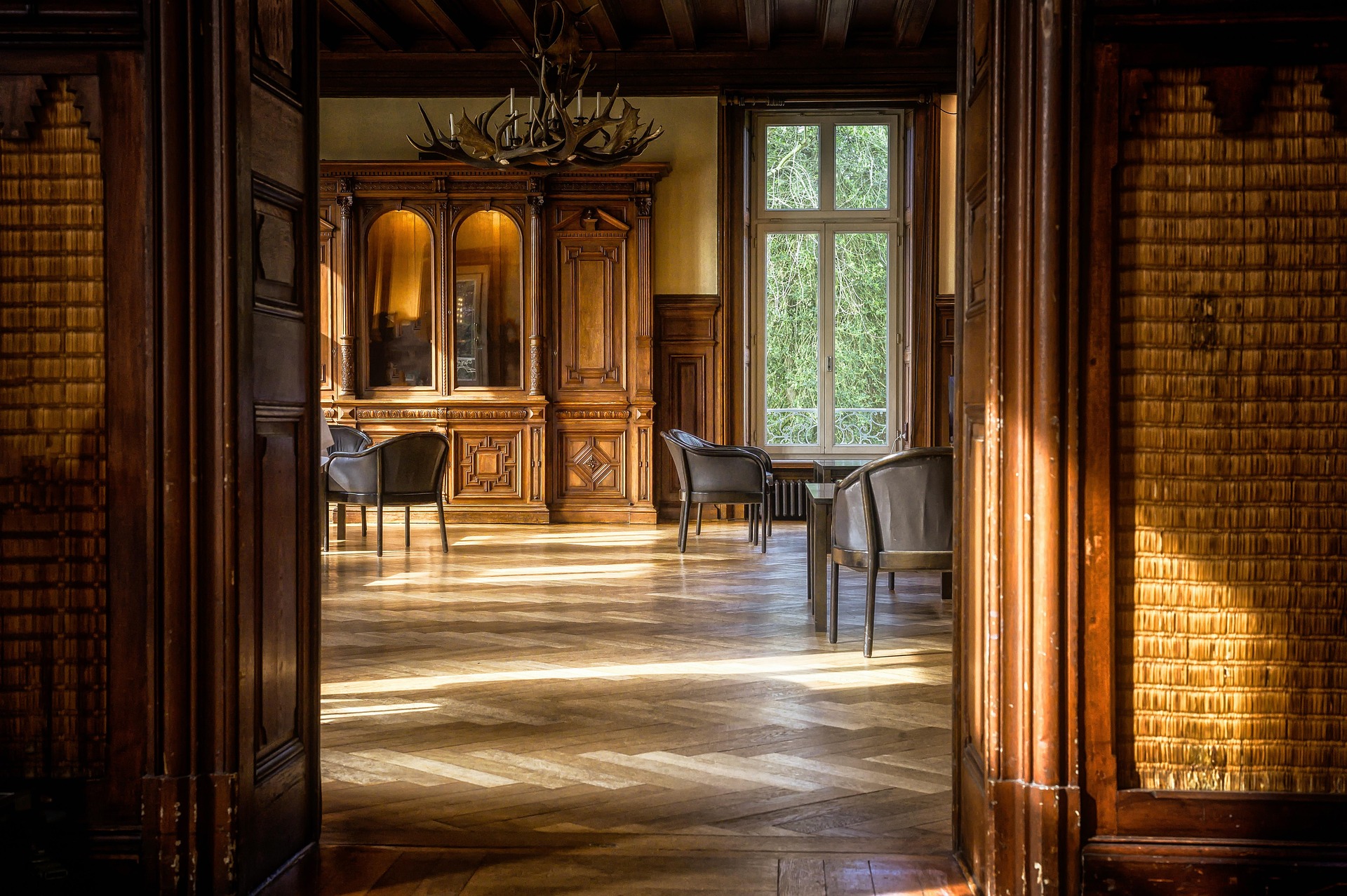The foundation of any beautiful home starts from the ground up (literally). We often obsess over paint colors and furniture design, but it’s really the flooring that ties everything together. Though it remains a purely functional element for many, a growing number of Australian homeowners are embracing contemporary flooring trends.
For 2025, the shift is clear: cool tones, cookie-cutter neutrals, and high-gloss finishes are giving way to mixed materials, warmer palettes, and organic textures. The idea is making spaces feel more lived-in rather than staged or showroom-perfect. From responsibly sourced timber to soft underfoot finishes that work without compromising style, this next wave is all about creating spaces that feel as good as they look.
Whether you’re renovating a heritage Queenslander or designing a contemporary apartment, these trends present exciting possibilities for creating floors that are as beautiful as they are purposeful.
Timeless Design Ideologies to Follow in 2025

From ancient mosaics to pietra dura inlays, flooring has long served a decorative purpose. Over time, though, we traded intricacy for efficiency, reducing floors in most modern homes to their most utilitarian form: mass-produced, standardized, and rarely memorable.
Outside of high-end custom builds, expressive flooring has become the exception, not the norm. But thanks to advances in material science, composites, and digital design tools, that’s slowly starting to change. We may never return to fully handcrafted surfaces in the mainstream, but uniqueness, customisation, and personality are finding their way back.
With 2025 trends moving us toward sustainability and multifunctional living, it’s worth revisiting the design ideologies that have guided thoughtful interiors for over a century. As unsexy as they may sound, these principles still hold true and they deserve a place in how we think about flooring today.
Form Follows Function
They say good design is intelligence made visible, and nowhere is this more apparent than in flooring choices that truly serve their purpose. Recent years have taught us that our homes are no longer single-purpose spaces. They’re offices, classrooms, workout studios, and places of rest. As their function multiplies, so must the performance of our flooring.
That’s why we believe design decisions should begin with purpose. For instance:
- A hotel corridor may call for soft, sound-absorbing carpet underfoot
- Open-plan homes might use texture or tone variation to subtly zone a space
- In a kitchen or entryway, durability and ease of maintenance take precedence
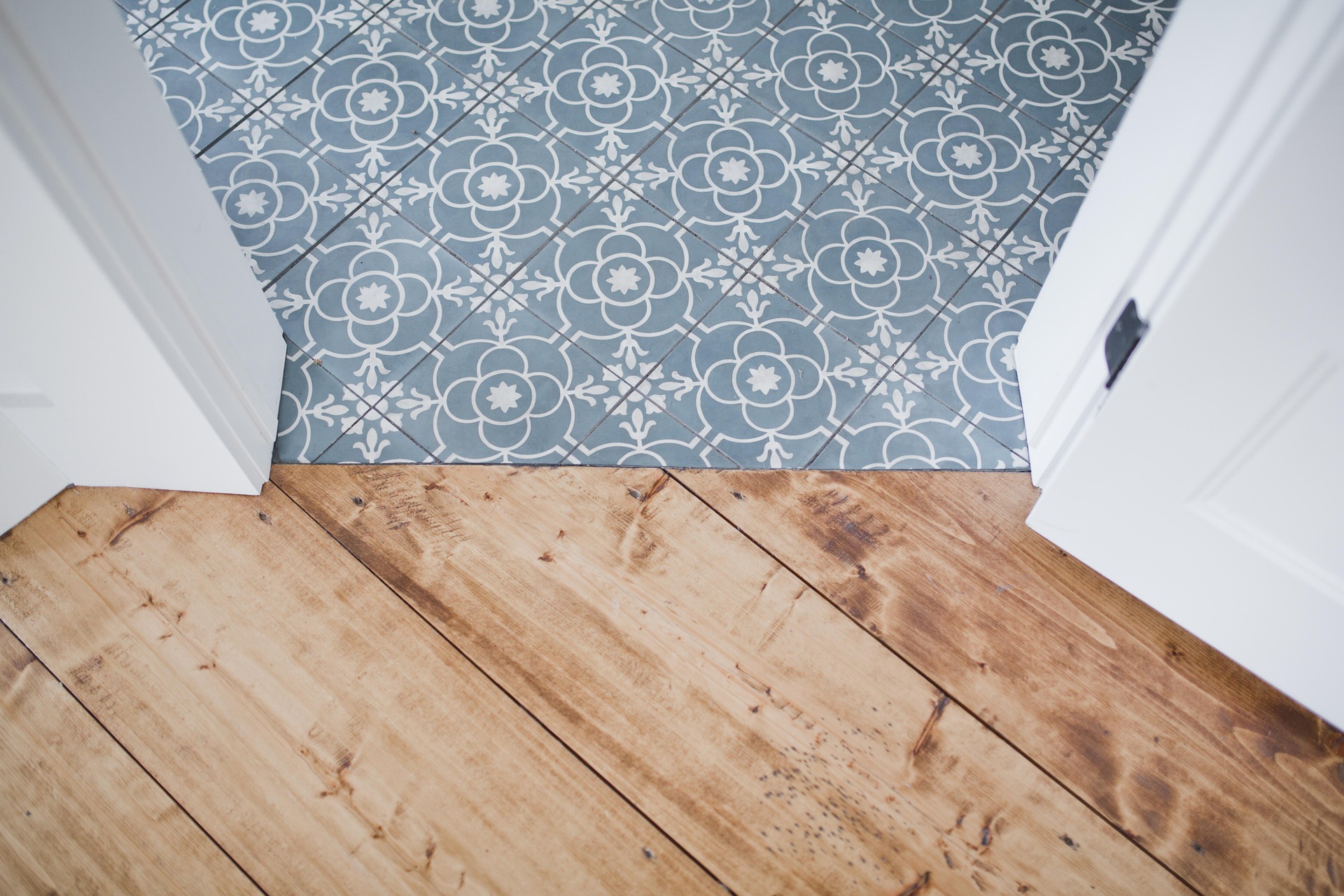
The demands of each room are as individual as their use, and the flooring should reflect that. Today’s smart flooring choices address factors such as acoustic performance, moisture absorption, traction, maintenance easy, hypoallergenic properties, reflecting our deeper understanding of how floors impact daily life.
Consider how textured tiles provide safety without sacrificing style in wet areas, or how luxury vinyl planks can mimic hardwood’s warmth while offering waterproof performance in kitchens. Speaking of mimicry…
Purity of Materials
“You say to brick, ‘What do you want, brick?’ Brick says to you, ‘I like an arch.’ If you say to brick, ‘arches are expensive and I can use a concrete lintel over an opening. What do you think of that, brick?’ Brick says: ‘I like an arch.’ “- Louis Kahn
We love the idea of “material honesty”—letting timber look like timber, stone like stone, and marble like marble. It brings purpose and a tactile richness to a space; one that’s incredibly hard to fake and easy to adore. We value that kind of authenticity, and where possible, we advocate for it. Furniture, textiles, splashbacks, etc. should all use honest materials as much as possible.
But when it comes to flooring, budgets and environmental impact often shift the conversation. Most affordable options today are composites or engineered blends, and that’s not inherently a compromise.
Purity in design doesn’t always mean purity in origin. A well-made composite that reduces waste, improves longevity, or uses fewer natural resources may better reflect today’s sustainability goals than solid hardwood from halfway across the world.
There’s value in striving for authenticity, but also in knowing when practicality serves the bigger picture. As one architect put it: “Material honesty is idealistic, but it sure is nice when you can make it work”.
Hottest Material Formats for 2025
The flooring industry is witnessing a shift toward formats that balance bold visual statements with everyday practicality. Australian homeowners are moving beyond the one-size-fits-all approach, embracing materials and layouts that reflect personality while meeting the demands of modern living.
Whether it’s the artisanal appeal of mixed materials or the clean sophistication of oversized tiles, this year’s formats prove that thoughtful design starts from the ground up.
Mixed Media
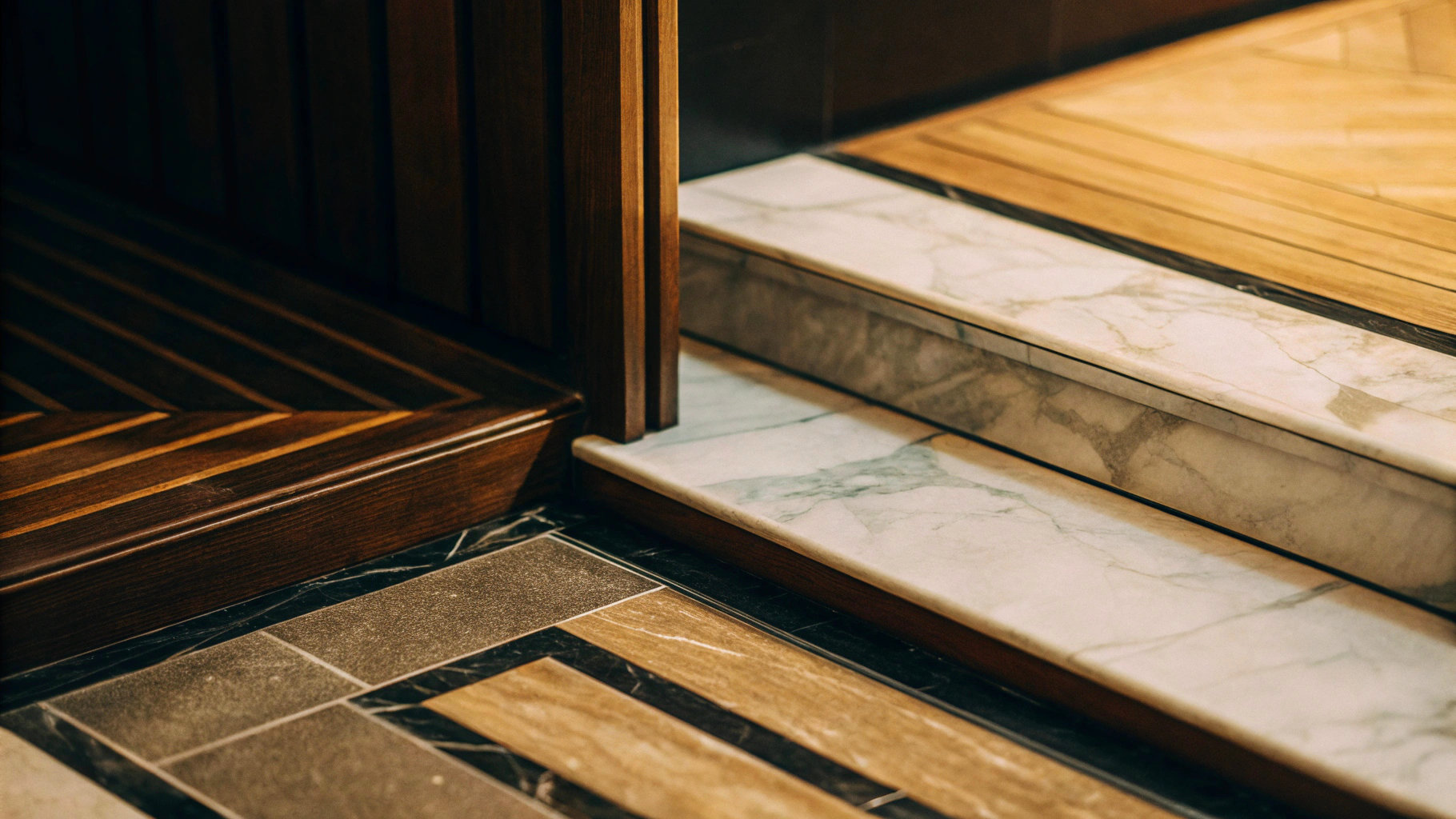
Mixed media flooring is gaining momentum as a creative, functional way to break visual monotony and define zones within open-plan layouts. Timber meeting terrazzo, stone transitioning into tile, or soft carpet inlays within hard flooring are all great examples.
These combinations allow for subtle delineation of spaces without putting up walls, making them especially useful in modern apartments or larger homes designed for flow. Beyond practicality, mixed materials offer a more curated, layered aesthetic. Pairing warm timber with cool stone can balance a room’s temperature, while mixing matte and polished finishes adds an interesting contrast.
Done well, this approach gives flooring a sense of craftsmanship and personality that a single material often can’t achieve alone. It’s a design choice that works best when intentional, not improvised, so transitions, textures, and tones need to feel considered rather than chaotic.
Wide Timber Planks
Wide timber planks continue to be a favourite among designers and homeowners alike, and for good reason. Their broader surface area showcases the natural grain, knots, and tonal variations of the wood, bringing warmth and character in a way narrow boards can’t match.
The visual effect is one of understated luxury: expansive, grounded, and effortlessly elegant. In smaller rooms, wide planks can also create the illusion of more space, making them as practical as they are beautiful.
Beyond aesthetics, wide planks align with the growing desire for fewer seams and cleaner lines underfoot. They lend themselves to both modern minimalism and rustic charm, depending on the finish and species used.
Whether laid in a coastal home with lime-washed oak or in a more contemporary setting with a smoked, matte finish, wide timber flooring delivers a sense of scale and timelessness that few other materials can replicate.
Large Format Tiles

Oversized tiles are transforming Australian interiors by creating seamless, gallery-like surfaces that make rooms feel significantly larger and more luxurious. These statement pieces, often measuring 600x1200mm or larger, minimize grout lines for cleaner aesthetics while maximizing visual impact through their sheer scale and contemporary presence.
The practical benefits extend beyond aesthetics, with fewer grout lines meaning easier maintenance and more hygienic surfaces—particularly valuable in bathrooms and kitchens.
Large format porcelain tiles now convincingly mimic everything from Carrara marble to weathered concrete, offering the visual drama of premium materials with the performance advantages of engineered ceramics that withstand Australia’s challenging climate conditions.
Luxury Vinyl
Luxury vinyl planks (LVP) have come a long way from their utilitarian origins, now offering an impressive blend of form, function, and affordability. Designed to mimic the look of natural timber or stone, LVP brings the aesthetic appeal of premium materials without the upkeep or cost.
Its layered construction offers excellent durability, water resistance, and underfoot comfort, making it a smart choice for high-traffic areas, busy households, or moisture-prone zones like kitchens and bathrooms. Where LVP truly shines is in its versatility. Available in a wide range of finishes, textures, and plank sizes, it allows homeowners to achieve bespoke looks without compromise.
Many collections now feature realistic grain patterns, embossed textures, and matte finishes that rival real timber. It’s also compatible with underfloor heating and acoustic underlays, ticking the boxes for comfort and performance. For those seeking a practical, design-forward flooring option, LVP proves that luxury doesn’t have to mean high maintenance.
Trending Tones

Trending colors in flooring are leaning warmer, softer, and more grounded. We’re seeing a shift away from stark greys and cool tones in favour of earth tones, like deep browns, sunbaked terracotta, creamy oatmeals, phthalo greens, and soft taupes.
These tones offer more than just visual warmth; they create a calming backdrop that makes any space feel instantly more welcoming. Whether in timber, tile, or vinyl, these palettes bring a natural, lived-in feel that complements a range of interior styles. Regardless of what your mood board looks like, your palette should be all about cohesion: tones that don’t compete with their surroundings, but subtly enhance them.
The following color tones are versatile enough to work across materials but shine brightest in hardwood floors, where subtle variation and natural texture amplify their effect. The result is a space that feels unified, timeless, and carefully considered.
Honey Oak
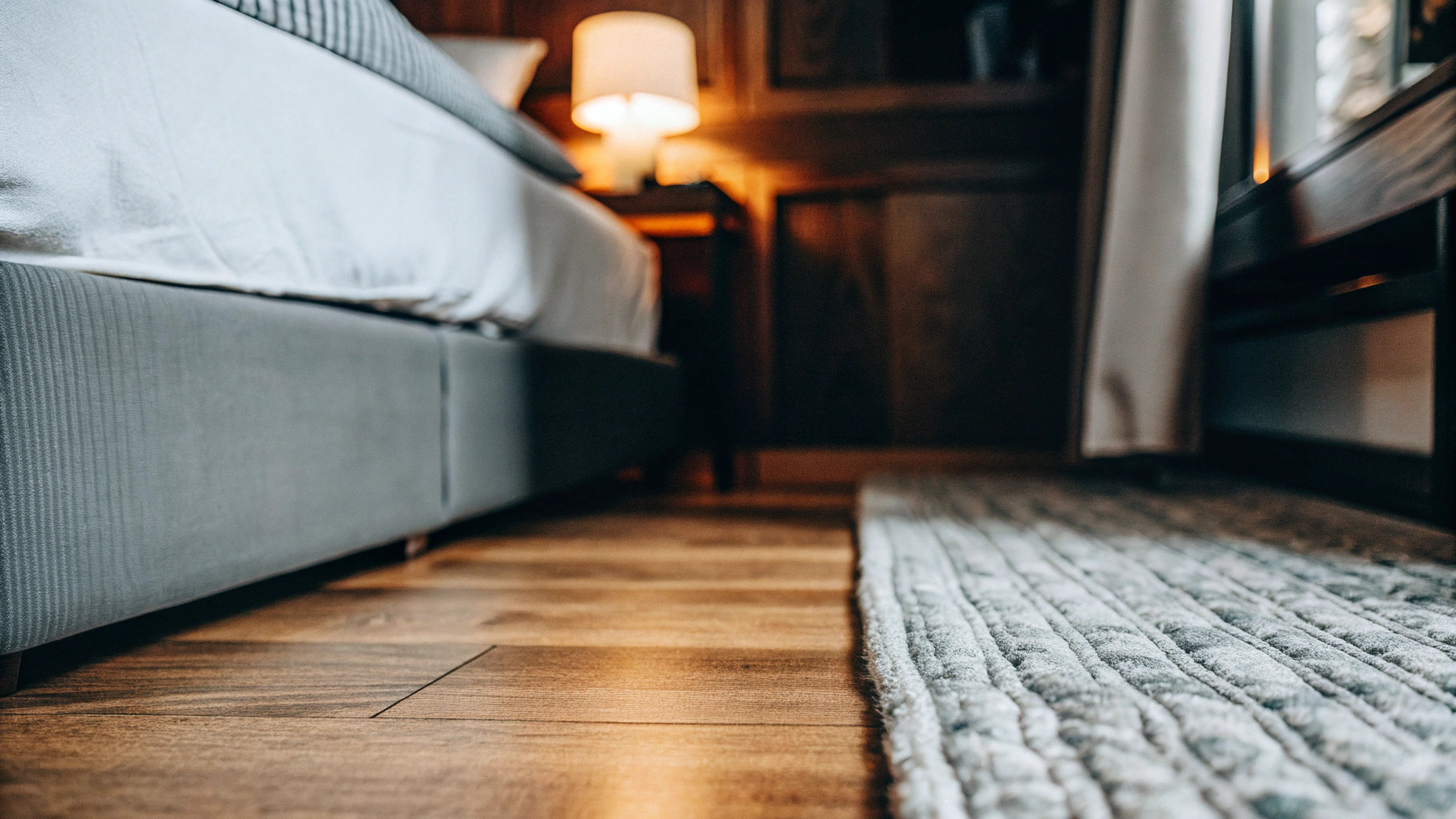
After years of dominance by cool greys and desaturated tones, honey oak is making a confident return. Its golden warmth and natural grain bring a sense of familiarity, tapping into a broader shift toward comfort, character, and organic design.
This resurgence is no accident; homeowners are increasingly drawn to tones that feel inviting and timeless rather than stark or overly stylized. Honey oak delivers just that, offering depth and nostalgia without feeling dated.
To incorporate honey oak into modern spaces, balance is key. Pair it with soft whites, warm neutrals, or olive greens to avoid clashing undertones. For furniture, opt for matte finishes and clean silhouettes to steer clear of a retro ‘90s feel.
In terms of room choice, honey oak works beautifully in living rooms, hallways, and bedrooms where you want a grounded, natural warmth. It’s especially effective in open-plan spaces, where it can unify different zones with ease.
Whitewashed
Whitewashed and limewashed floors continue to gain popularity across Australia, particularly in coastal and modern homes. Their bleached tones soften natural wood grain while reflecting light beautifully—perfect for brightening interiors and creating that sought-after breezy, open feel. These finishes pair effortlessly with neutral palettes, linen textures, and raw materials, making them ideal for relaxed, minimalist living.
Beyond their aesthetic appeal, whitewashed floors are incredibly practical. They hide dust and minor wear well, making them suitable for high-traffic areas like kitchens and living rooms. In smaller spaces, such as heritage apartments or inner-city terraces, whitewashed timber can help amplify the sense of openness.
Whether you’re going for beachy, Scandinavian, or contemporary, these pale-toned floors offer a flexible, design-forward base that still feels warm and lived-in.
Rich Walnut and Deep Browns
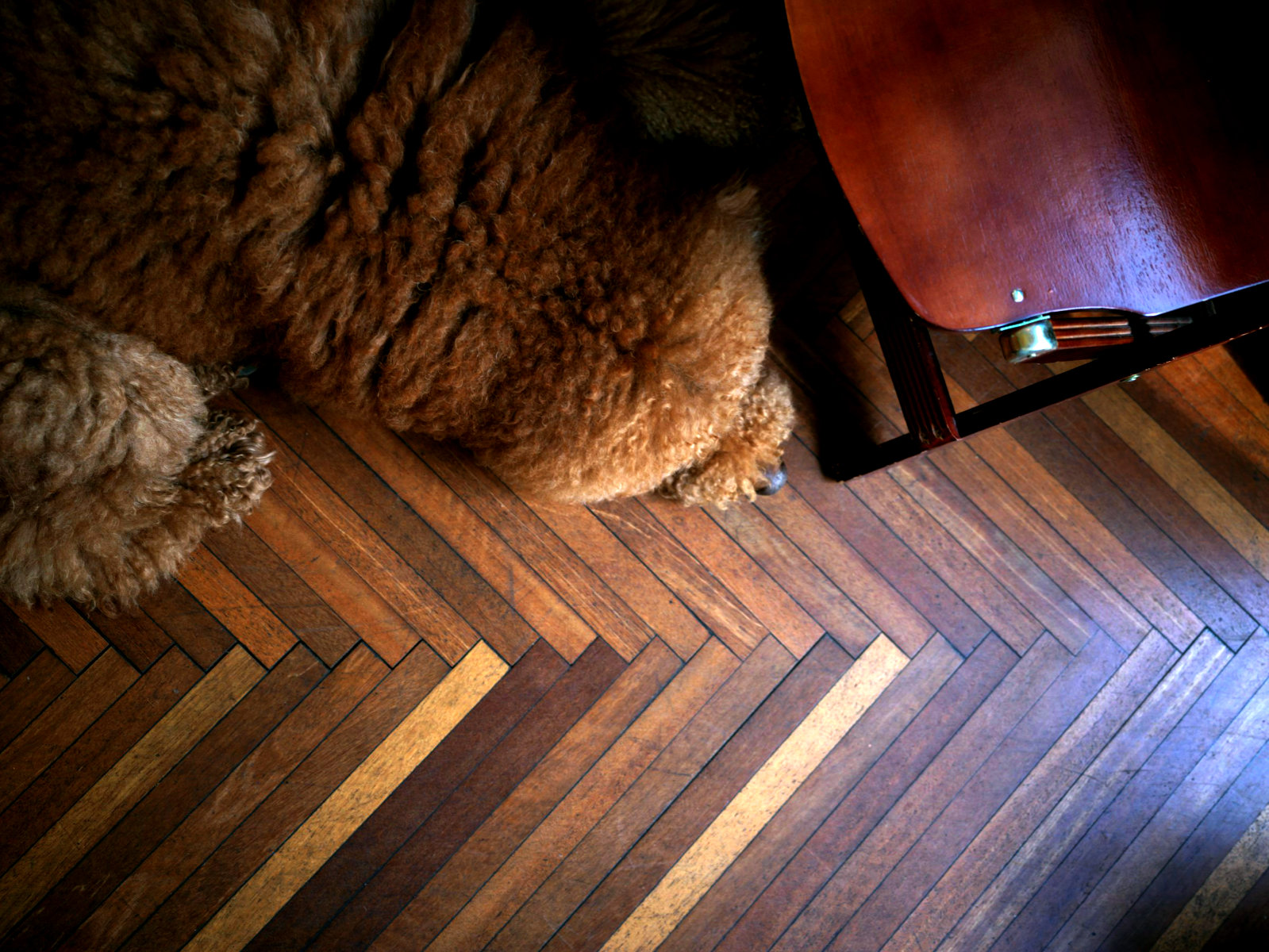
Rich walnut and other deep brown wood tones are prized for their sophistication and emotional warmth. Psychologically, these hues convey stability, tradition, and a sense of luxury. They add weight and drama to interiors without overwhelming them, especially when paired with lighter walls or natural textures like linen, rattan, or brushed metal.
Deep browns feel rooted and timeless, making them ideal for homeowners looking to create a sense of permanence and grounding. However, darker woods require thoughtful maintenance. They tend to show dust, scratches, and footprints more easily than lighter floors, so a regular cleaning routine and appropriate surface treatments are essential.
When it comes to styling, darker floors offer incredible versatility: they work well with both classic and contemporary aesthetics. In modern homes, pair them with streamlined furniture and minimalist decor. In more traditional spaces, play up their richness with layered textiles and antique finishes.
Beyond Gray
Cool-toned grey floors had their moment, but their reign is fading fast. Once associated with sleek modernism, they now risk feeling flat or impersonal—especially as interior design trends lean toward warmth, tactility, and individuality.
The shift is about more than just colour; it reflects a broader move away from uniformity toward spaces that feel expressive, layered, and connected to nature. For homeowners already living with grey floors, a full replacement isn’t always necessary. Layering with warm-toned rugs, textured furnishings, or earth-coloured accents can help soften the contrast and transition toward a cozier palette.
If you’re renovating, consider re-staining grey floors to warmer hues or opting for new planks in honey oak, walnut, or neutral mid-tones. The key is to work with what you have—while leaning into a more inviting, human-centred approach to design.
Patterns and Textures
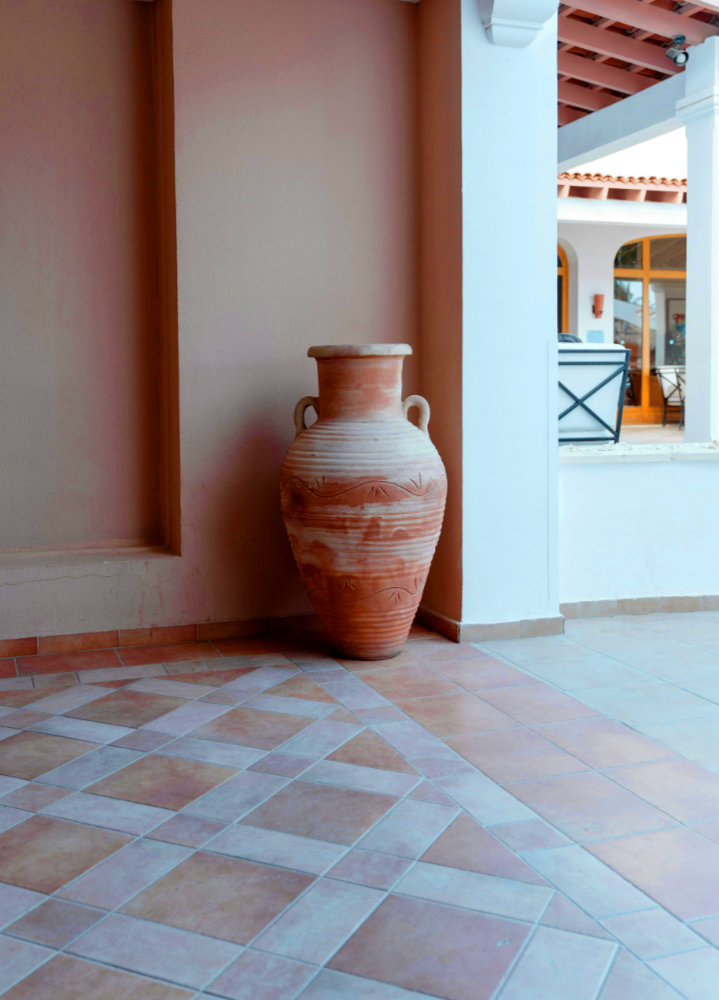
In 2025, flooring is less about playing it safe and more about expression through detail. Patterns and textures are key tools in this shift—adding dimension, tactility, and a bespoke feel. What used to be reserved for statement walls or textiles is now finding its way into floors, helping to shape the atmosphere of a room from the ground up.
Whether through bold layouts, distressed finishes, or layered materials, these elements reintroduce craftsmanship into modern design. What’s refreshing is that these trends don’t rely on entirely new materials—they breathe new life into familiar ones.
By rethinking how we lay timber, treat surface textures, or combine traditional motifs with updated palettes, we’re seeing a return to design with intent. It’s no longer just about the material itself but how it’s composed, finished, and integrated into the broader interior story.
Classic Checkerboard

Checkerboard flooring has re-emerged as a playful yet refined choice in Australian interiors. Moving well beyond its retro diner roots, the modern take embraces softer contrasts—like off-white and taupe, or charcoal and sand—for a more elevated, timeless look.
These variations maintain the symmetry and visual rhythm of the original pattern while blending more seamlessly with contemporary spaces. It’s a versatile layout that works across materials—from ceramic tiles in bathrooms to painted timber in kitchens or hallways.
Checkerboard can provide a grounding focal point in minimalist homes or act as a balancing element in more eclectic interiors. It’s proof that even classic patterns can feel entirely fresh with the right palette and placement.
Parquet and Herringbone
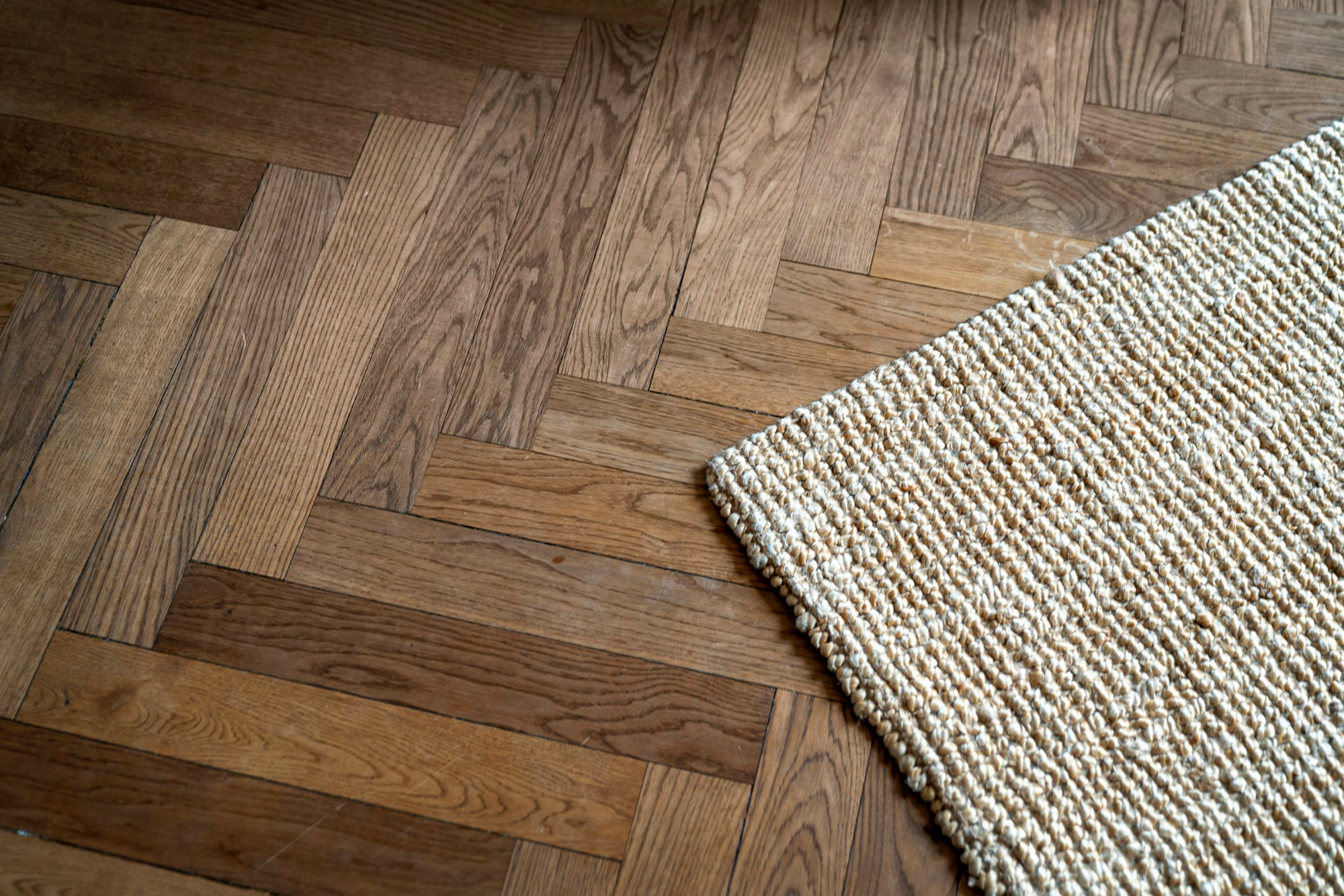
Parquet layouts like chevron and herringbone continue to hold strong in both heritage renovations and new builds. Their geometric precision creates subtle movement and depth across the floor, adding an extra design layer without overwhelming the room. These patterns draw the eye and create flow, making them especially effective in transitional areas like hallways or open-plan living zones.
The beauty of parquet lies in its flexibility. You can go for a traditional oak with a clear finish to highlight the grain, or stain the timber to suit more modern palettes—charcoal for drama, blonde for Scandinavian minimalism. It’s a layout that honours tradition but feels endlessly adaptable, elevating everyday spaces with a sense of intention and craft.
Speckled Terrazzo
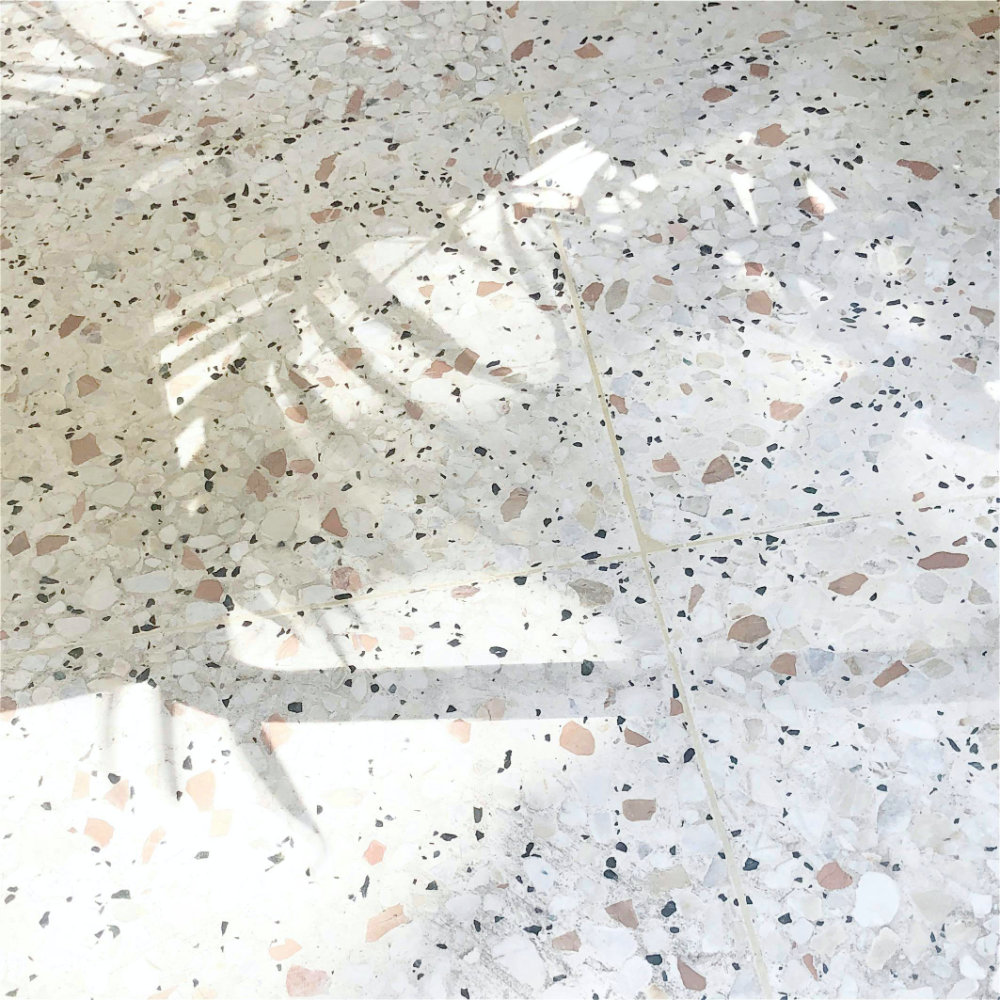
We usually steer clear of flash-in-the-pan micro-trends—but terrazzo has earned its staying power. Speckled surfaces are showing up in everything from tiles to composite flooring, offering a mix of colour, texture, and playfulness. What was once confined to commercial lobbies is now a design-forward choice for kitchens, bathrooms, and even hallways.
Modern terrazzo balances nostalgia with new energy. Today’s versions feature more refined chips, muted palettes, or bolder custom mixes that coordinate with wider design schemes. It’s practical, eye-catching, and surprisingly versatile—especially when used to complement otherwise minimal interiors. If you’re after flooring that makes a quiet statement, terrazzo might be the sweet spot.
Eco-Conscious Flooring
Sustainability isn’t just a buzzword anymore—it’s reshaping how we design, build, and live. As more Australian homeowners embrace environmentally responsible choices, flooring is getting a green makeover.
From rapidly renewable resources to recycled materials, there’s a growing appetite for surfaces that don’t compromise aesthetics or performance. The demand isn’t purely trend-driven—it reflects a deeper shift toward thoughtful consumption and long-term environmental stewardship.
What’s exciting is that today’s eco-conscious flooring isn’t only about “doing less harm.” It’s about leveraging innovation to create beautiful, high-performing materials that also tread lightly. Whether it’s engineered timber made with precision layering or cork with natural acoustic insulation, sustainability now comes in a wide variety of textures, finishes, and price points.
Engineered Hardwood
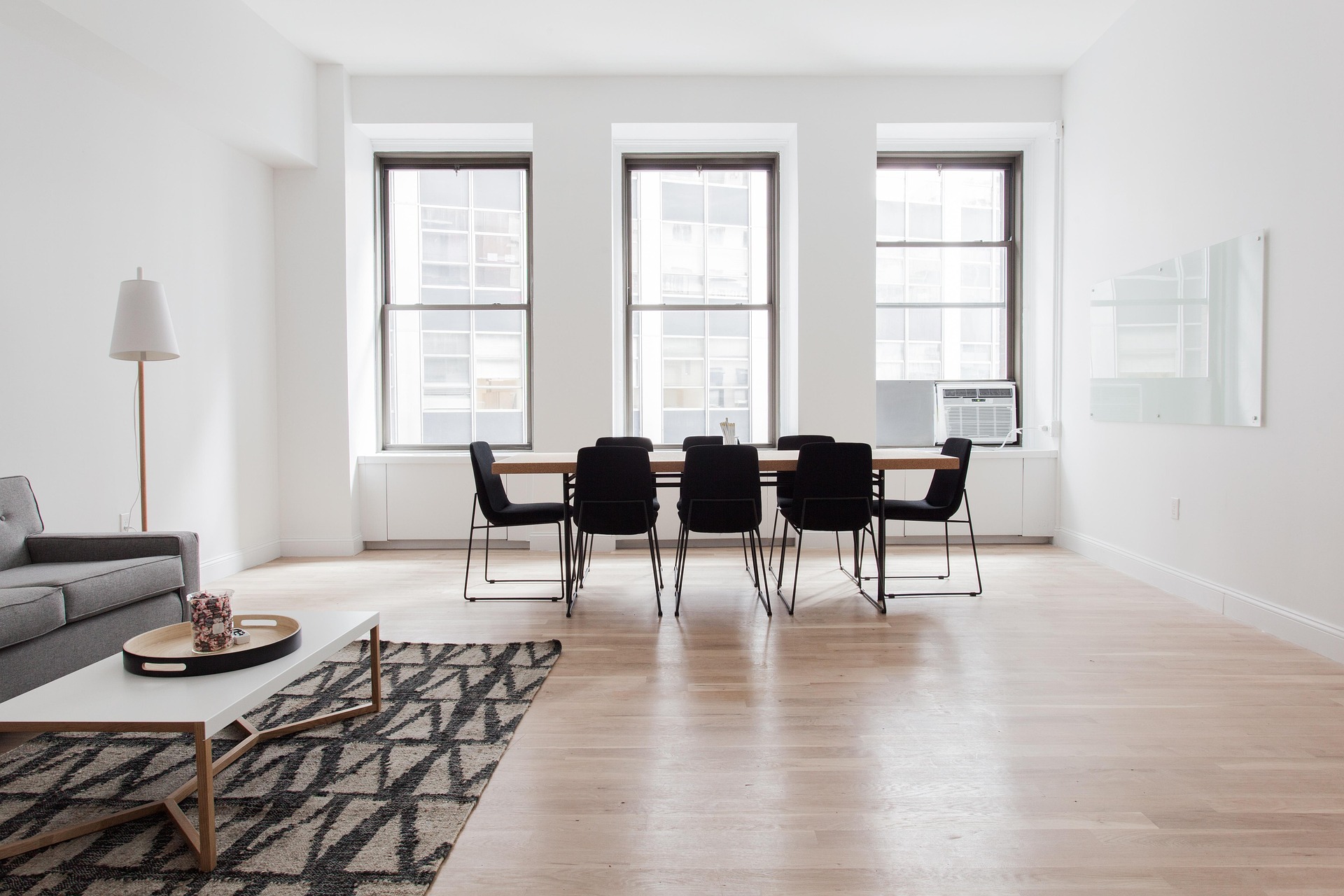
Engineered hardwood has become a standout example of how sustainable innovation can enhance both form and function. By layering a real wood veneer over a stable plywood or fiberboard core, these planks reduce demand for solid hardwood while still delivering that unmistakable natural grain.
They’re also less prone to expansion and contraction, making them well-suited to Australia’s variable climates. The result is a more efficient use of resources without sacrificing warmth or authenticity. Engineered boards can be sanded and refinished (depending on thickness), and many come pre-finished for faster, lower-emission installation.
They’re a smart choice for anyone looking to balance tradition with longevity—and they work beautifully across contemporary, coastal, and heritage-style homes alike.
Bamboo
Bamboo is a textbook case of renewable efficiency. Unlike hardwood trees, which take decades to mature, bamboo can be harvested in as little as five years. That rapid growth cycle makes it one of the most sustainable flooring options available—provided it is responsibly sourced and processed without harmful adhesives.
Performance-wise, bamboo is tougher than you might expect. Strand-woven varieties are especially durable, often outperforming traditional hardwoods in high-traffic areas. It handles moisture better than many timbers, though proper sealing is still key. Bamboo also brings a distinctive, modern look to interiors, working well with minimalist, mid-century, or eco-modern design schemes.
Cork
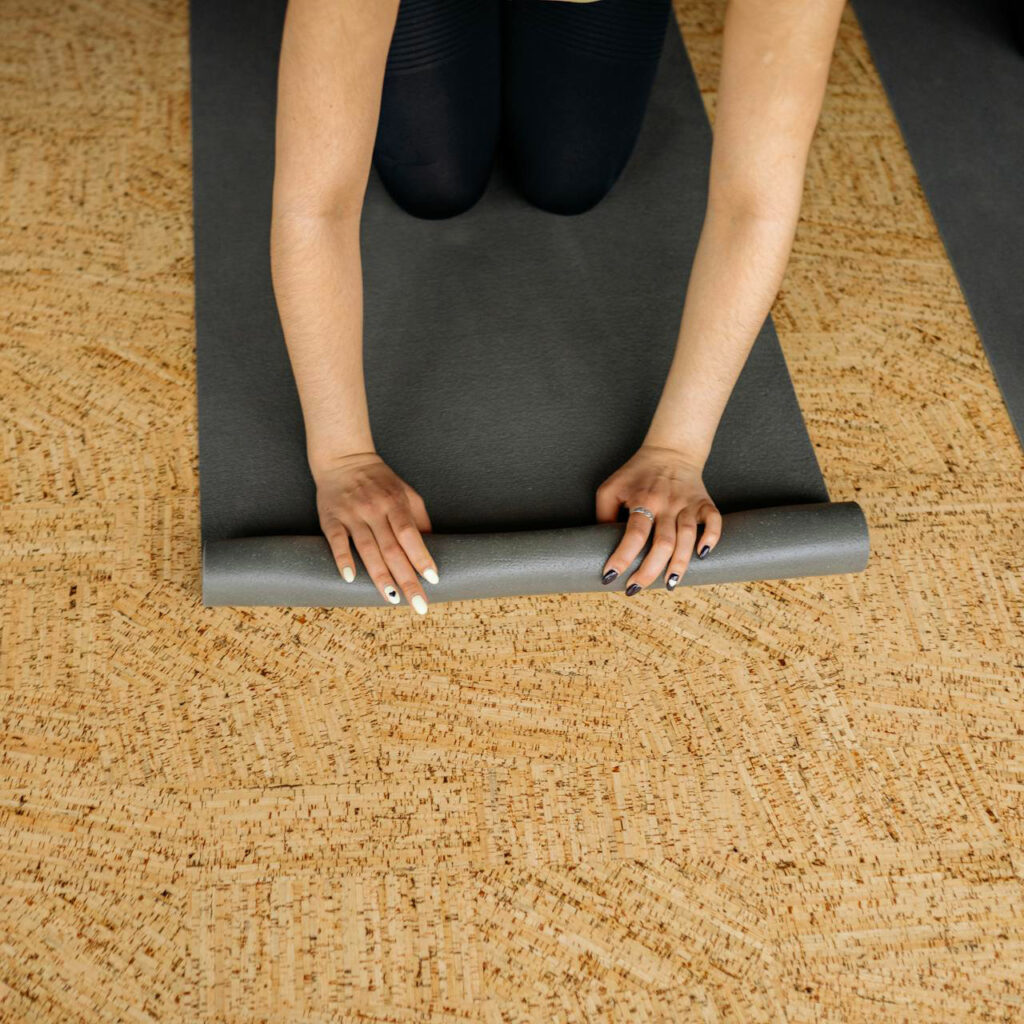
Cork flooring has come a long way from its 1970s reputation. Harvested from the bark of cork oak trees (which regrow naturally), it’s renewable, biodegradable, and naturally antimicrobial. These qualities make cork an ideal choice for allergy-prone households or anyone seeking a non-toxic, soft-surface flooring alternative.
Comfort is where cork really shines. It’s cushioned underfoot, provides natural thermal and acoustic insulation, and feels noticeably warmer than tiles or hardwood. Available in a variety of tones and patterns—some even mimic timber grain—it lends a warm, organic touch to bedrooms, nurseries, or reading nooks. Just be sure to choose a high-quality sealant to extend its lifespan.
Reclaimed Wood
There’s a certain poetry to giving old timber new life. Reclaimed wood brings with it rich texture, irregular grain, and the kind of patina that only decades (or centuries) of use can create. Each board tells a story, whether salvaged from barns, factories, or demolished heritage homes, and no two floors ever look the same.
While sourcing can require a bit of legwork, the payoff is undeniable. Reclaimed flooring blends beautifully into modern and rustic interiors alike, especially when paired with simple furnishings that let the timber speak for itself. It’s also a win for sustainability: reusing existing materials avoids deforestation and adds cultural depth to your home’s footprint.
Natural Linoleum
Often confused with vinyl, natural linoleum is a wholly different product—made from linseed oil, pine resin, wood flour, and other biodegradable materials. It’s hypoallergenic, naturally antibacterial, and emits virtually no VOCs, making it one of the healthiest flooring choices for indoor air quality.
Modern linoleum comes in a wide range of colours and marbled finishes, far from the drab hospital look many people remember. It’s ideal for kitchens, hallways, or playrooms where resilience and easy upkeep matter. If you’re after a soft-surface alternative to tile or laminate with strong green credentials, linoleum deserves a serious second look.
Good Ol’ Carpet
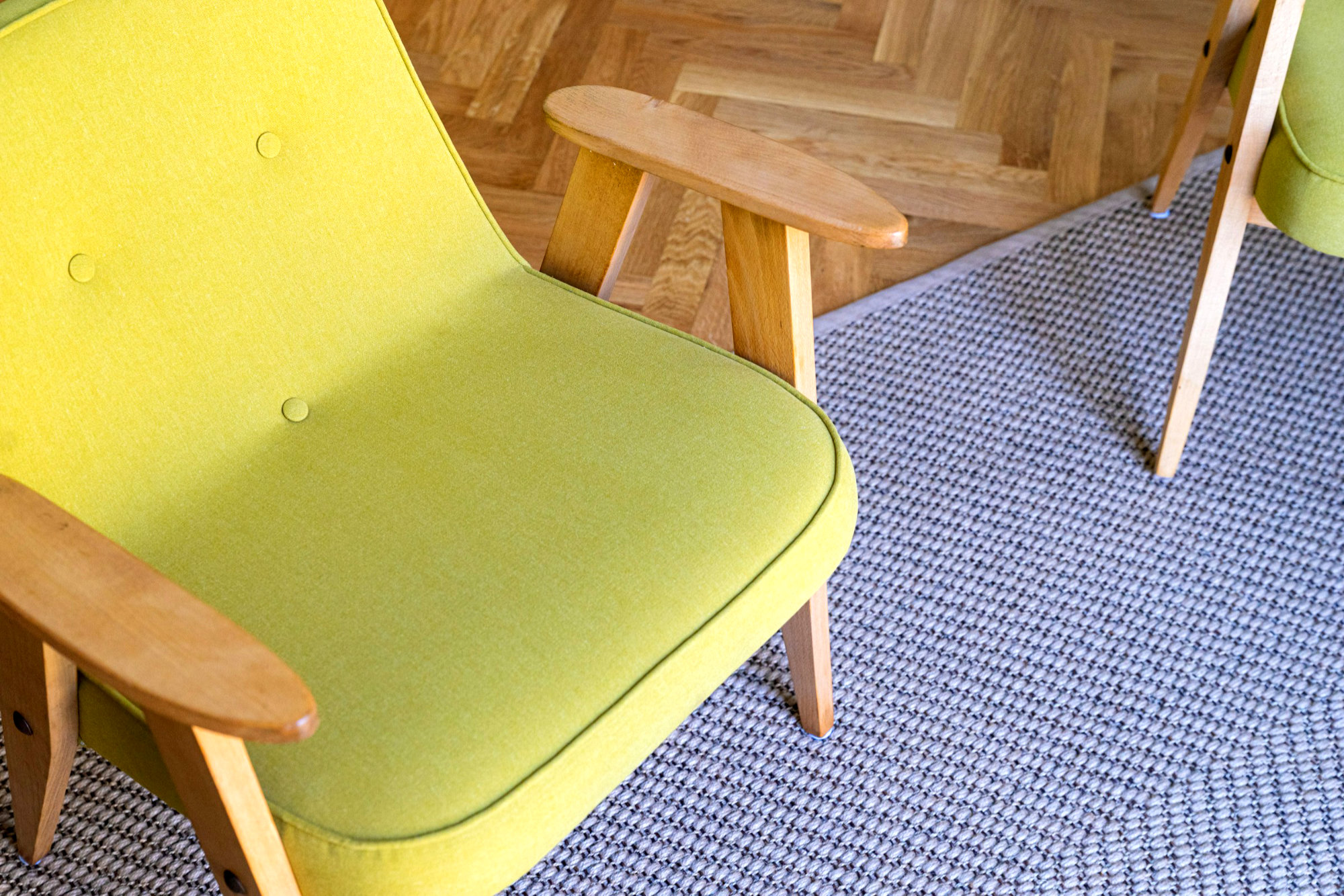
Carpets may not scream “sustainable,” but new materials and finishes are changing that. Brands are increasingly offering options made from recycled fibers, natural wool, or biodegradable backings. This also makes it easier and more affordable to implement bold design choices such as sculptural textures and geometric patterns.
It’s also worth considering the differences in acoustics when comparing timber floors and carpets. They soften acoustics, define zones in open-plan homes, and give you the chance to experiment with colour or texture without committing long-term.
Choose What Brings You Joy
There’s a reason flooring can change how a room feels long before a single piece of furniture is added. Surface, texture, tone: all of it contributes to mood and atmosphere in ways that are both subtle and profound.
It’s tempting to default to safe, neutral choices that won’t offend or date. But ask yourself: does it bring joy? A colorful tile, a warm oak grain, or the nostalgic geometry of a checkerboard kitchen floor can elevate a space from functional to memorable. After all, you’ll be living with these choices for years to come.
Thinking of renovating your wooden floors to the latest trends? Contact our expert team at Abacus Flooring in Sydney for wooden floor renovation that suits your home and budget.


